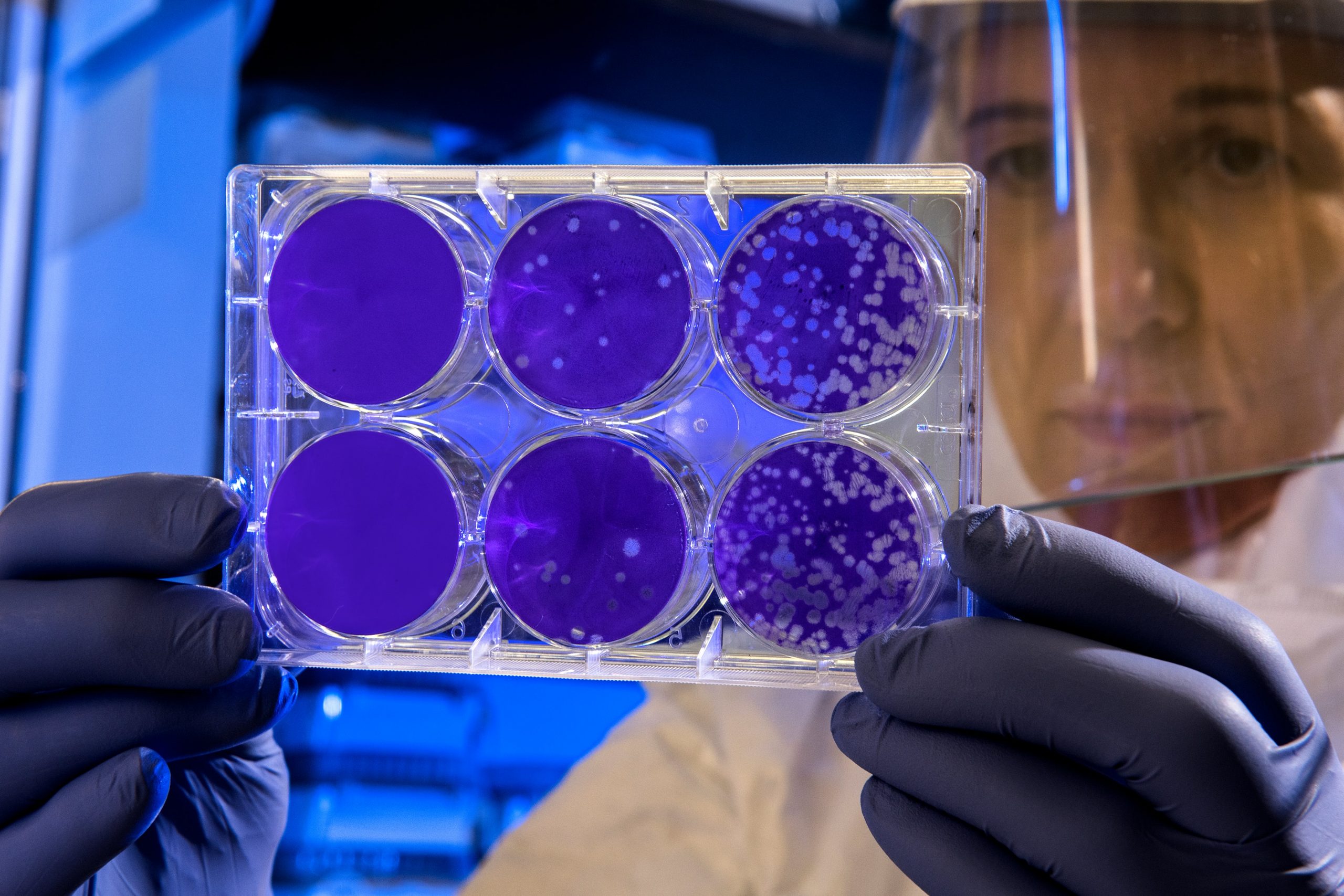
Chris Lange, FISM News
[elfsight_social_share_buttons id=”1″]
A highly-pathogenic form of avian flu has been detected in six U.S. states since the beginning of February. The United States Department of Agriculture’s (USDA) Animal and Plant Health Inspection Service has confirmed that the presence of the virus (HPAI) virus was discovered in a backyard flock of non-commercial, non-poultry birds in Suffolk County, New York Saturday.
A USDA press release indicates that traces of the virus were found in samples taken from the flock which were tested at Cornell University Animal Health Diagnostic Center, part of the National Animal Health Laboratory Network. The property in question has since been quarantined and the birds have been euthanized in order to prevent the spread of the disease.
The USDA subsequently reported that HPAI was discovered in both Maine and Delaware.
The cases mark the latest in a series of recent avian flu outbreaks in the U.S. affecting six states thus far.
Earlier this month, HPAI was found in two commercial turkey flocks in Indiana and in commercial broiler chickens in Kentucky. Another non-commercial, non-poultry backyard mixed-species flock carrying the disease was also discovered in Virginia.
The U.S. Centers for Disease Control and Prevention (CDC) says the HPAI outbreak, while extremely contagious among birds, does not pose an immediate public health concern.
Mark Jit, professor of vaccine epidemiology at the London School of Hygiene & Tropical Medicine, told Newsweek: “Bird flu doesn’t transmit easily to humans unless they have very close contact with the infected birds – usually farmers and others involved in handling poultry.”
Humans who do become infected, however, can become seriously ill, according to Jit, who adds that HPAI’s inability to easily transmit from human to human makes it unlikely the virus will lead to an outbreak. He did note, however, that “there have been a few documented cases of transmission between close contacts like household members.”
Humans can contract the virus through the inhalation of infected bird excretions carried through the air in droplets or dust or by touching their eyes, nose, or mouth after coming into contact with avian saliva, mucous, and/or feces, according to the CDC.
At present, no human cases of the HPAI virus have been reported in the U.S., but the USDA continues to recommend “proper handling and cooking of poultry and eggs to an internal temperature of 165 ˚F” which kills “bacteria and viruses.”
